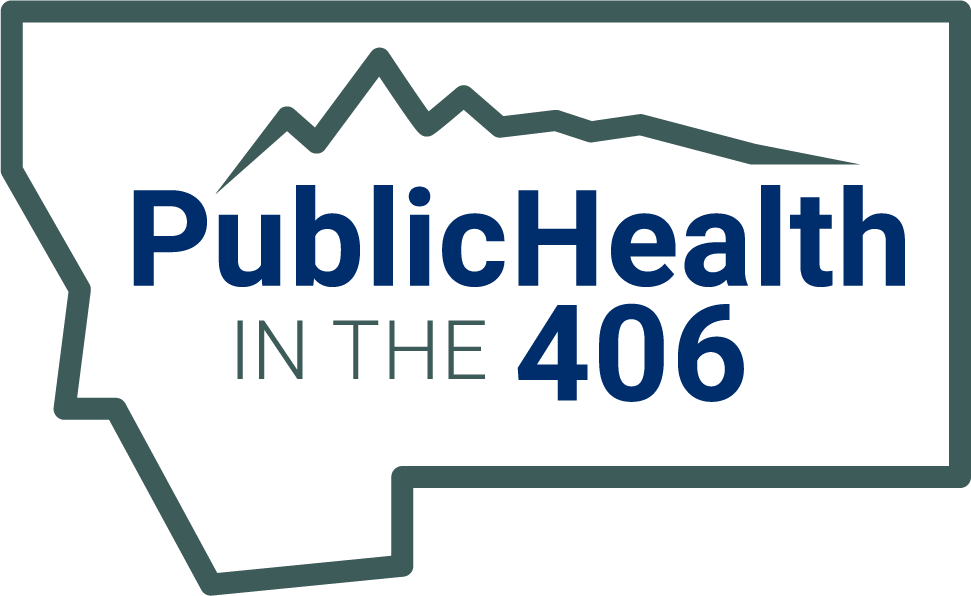Parent and Family Toolkit
Helpful Information
- Families’ Frequently Asked Questions: Perhaps you have questions and are not sure where to go for answers. This tool is a great start when you are confronted with a new diabetes hurdle.
- Before You Begin a New School Year – First School Meeting: Start the new school year on the right foot by using these suggestions on how to ease your child’s transition. This form also includes information on issues to consider and discuss with teachers, administration, and the school nurse as well as helpful tips to simplify the process.
- 4 Steps to Help Kids With Diabetes at School: This article from the Diabetes Forecast magazine provides parents with tips for preparing for school.
Files for the Child's Healthcare Provider and School Nurse
- Healthcare Provider Orders- Injections: Orders to be completed by healthcare provider for student receiving insulin by injection and/or oral medications.
- Healthcare Provider Orders - Pump: Orders to be completed by healthcare provider for student receiving insulin by pump.
Legal Protections, Rights, and Responsibilities
- Federal laws, such as The Americans with Disabilities Act, The Individuals with Disabilities with Education Act (IDEA), The Family Medical Leave Act (FMLA), and Section 504 of the Rehabilitation Act of 1973, provide important legal protections for the rights of students with diabetes.
- Section 504 Plan Sample Provisions: This file contains sample provisions to be included in a child’s 504 plan. It can be difficult to think of all of the things your child may need to be safe at school. This document will help you start with some ideas for what you can include in your child’s plan.
- Glucagon Legal Reference: This reference explains the administration of glucagon in the school setting, including the designated person, training for that person, and legal protections for that person, according to the Montana Code Annotated 20-5-412 and 20-5-413.
Tools (video, handouts, visuals, letters, etc.)
- Diabetes Care in the Classroom Video: Featuring a Montana Student with Type 1 Diabetes and Teacher
- Low-High BS Hands: A great visual tool that lists the symptoms, causes and how to problem solve both high and low blood sugars on one piece of paper. Great reference for classroom teachers, substitute teachers, aids and other school staff like bus drivers.
- Low blood sugar Hand graphic: A great visual tool that lists symptoms, causes, and how to problem solve low blood sugars. Great reference for classroom teachers, substitute teachers, aids and other school staff like bus drivers.
- High blood sugar Hand graphic: A great visual tool that lists symptoms, causes and how to problem solve high blood sugars. Great reference for classroom teachers, substitute teachers, and aids and other school staff like bus drivers.
- Information to Help TEACH My Child: Academic performance can be affected when your child experiences low or high blood sugars. This helpful handout explains how this happens and why it is important to understand its significance. Great for educators.
- Parent letter to teachers: This form is to help simplify diabetes care tasks for your child at school. Fill out all the necessary information that classroom teachers need to know to help them keep your child safe at school.
- Emergency Cards: This is a handy little card that you can print out, trim and glue together and makes a quick and easy to follow reference for low blood sugar. Great for classroom emergency boxes.
- Field Trip Considerations: A tip sheet for making arrangements with the classroom teacher and school so that your child is safe and well cared for on field trips.
- Parties and Snacks: A letter that you and your school nurse can use to bring awareness to other parents of alternate snack ideas if they are considering bringing treats to celebrate a birthday or holiday in the classroom. Also includes a handy table to help identify the portion size of typical classroom treats. Dissemination to school staff should be through the school nurse.
- Developmental Stages and Diabetes: Students need to be encouraged and supported to gradually assume diabetes self-care as they mature and demonstrate confidence. Newly diagnosed students may temporarily be unable to perform tasks per their developmental age until they adjust to their diagnosis and new life. This general list can help guide discussions as a child matures and advances in responsibility.
- Psycho-Social Aspects of Diabetes: The diagnosis of diabetes can cause any number of feelings in each family member as well as in the family as a group. This guide can be helpful as a child with diabetes grows into their disease and may help identify possible solutions.
- Glossary: Find the definition of a word or acronym used in any of the other forms available.
Resource Organizations
- Montana Association of School Nurses: MASN is a professional organization with the purpose to maintain, promote, and advance quality school health services and health education throughout the state and to promote the interest and rights of its members.



